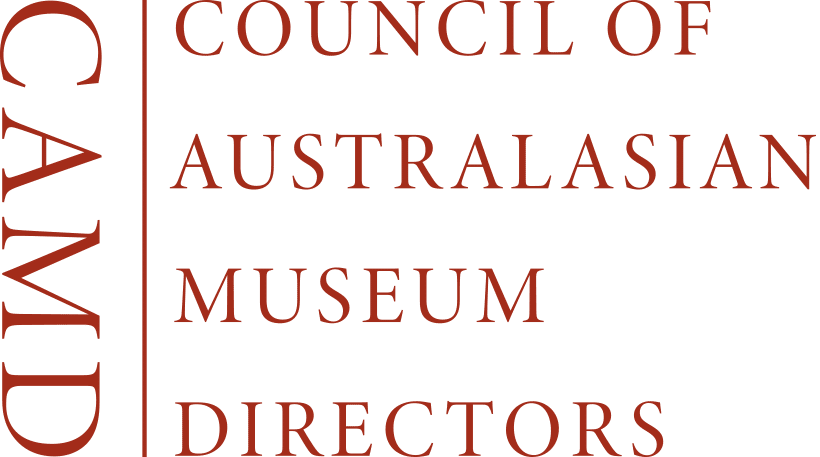Julie Becker, Navigating narrative minefields, SPOKES #11, September 2015
HOW DO YOU GUIDE VISITORS THROUGH EMOTIONALLY CHALLENGING TOPICS? HOW DO YOU TELL STORIES THAT SPARK CONCERN AND INSPIRE ACTION?
What do genocide, climate change, biodiversity loss and Auschwitz have in common? They are all conversation stoppers. Try to bring them up next time you have an informal chat on the bus: your conversation partner is very likely to change topic after an awkward silence or suddenly get completely mesmerised by an old piece of gum stuck on the floor.
What if your mission or task is precisely to develop a visitor experience on one of these loaded topics? How do you avoid instantaneous shut down, complete indifference or emotional burnout? How do you get visitors who would normally want to look away to engage and even take action? How do you deal with emotionally over-loaded stories like genocide and emotionally under-loaded stories like climate change?
I spoke with four professionals who developed models and strategies to tackle this very challenge. Meet George, a communication specialist whose storytelling tools break the socially constructed silence around climate change; Davide, who developed an emotional journey mapping tool to move genocide memorial visitors from pain to action; Paul, part of an exhibition development team currently facing the challenge of Auschwitz’s symbolic and emotional load; and David, whose Eco-acoustic theatre experience goes through people’s ears to reach to their hearts – and then their brains.
GEORGE MARSHALL
Co-Founder
Climate Outreach and Information Network – COIN
Oxford, United Kingdom
www.climateoutreach.org.uk
George, could you briefly introduce yourself?
I’m a climate change communication specialist and the co-founder of the UK-based charity COIN, the Climate Outreach and Information Network. Our aim is to ensure climate change and its impacts are understood, accepted and acted upon across the breadth of society in a manner that creates a truly sustainable future.
I recently wrote the book “Don’t Even Think About It – Why Our Brains Are Wired To Ignore Climate Change”. I started from the following apparent paradox: though climate change awareness and understanding are fairly high in society, studies show that levels of concern stay low. 30% of adults cannot even remember having had a single conversation about climate change in their entire life!
COIN’s ambition is to overcome the socially constructed silence that surrounds climate change. To do so, we argue that climate change communication needs to be re-thought: you need to start by looking at people’s values and develop your narrative from there.
Socially constructed silence? Can you elaborate?
In our daily lives, we are surrounded by way more information than we can take in. We are constantly having to make quick decisions as to what to disregard or ignore. This process is a socially constructed one: we act under a strong peer pressure. We look for social tags or cues and tend to pay much more attention to topics that “people like us” find important. This leads to a self-reinforcing mechanism: social groups can make a specific topic omnipresent – or completely taboo.
WE IGNORE INFORMATION ALL THE TIME – FOLLOWING OUR PEERS’ SOCIAL CUES
The latter happened with climate change in large fractions of society. In the UK for instance, concern for climate change has gradually become strongly politicised and a preserve of the left. COIN did a lot of work in the last elections to shake off this social tag and develop a climate change story audible for voters of the centre right: we built on values like localism, energy security or the good life.
How do you tell the climate change story, then?
With climate change, we’re talking about a problem distant in time and place, unprecedented, uncertain and costly to remediate. We have a threat but no clear enemy – apart from ourselves – and no one is purposely causing climate change with an intention to harm. These are difficult storytelling ingredients: we humans hate uncertainty and loss and love nothing more than a truly bad guy to blame.
To make the climate change story audible, you need to clearly identify who you’re talking to and what their values are. You need to pay attention to what you’re saying and also to who is saying it: your audience needs a narrator they trust, preferably a peer.
CLIMATE CHANGE THREATENS THINGS IMPORTANT TO YOU
PEOPLE LIKE YOU ARE ALSO CONCERNED
TAKING ACTION WILL MAKE THE WORLD MORE LIKE YOU WANT IT TO BE
Forget about polar bears. The very basic sequence I suggest is: “Climate change threatens things that are important to you. People like you are also concerned. Taking action against climate change will make the world more like you want it to be.”
How could this be applied to visitor experiences like exhibitions?
In my opinion, a successful climate change exhibition needs to explore more than the science and economics of it: it needs to address the social context too. Spokes readers will be familiar with the flaws of the information deficit model: don’t fall into the trap of believing that if some of your visitors are not concerned about climate change it’s because they don’t know enough about it and that this will be miraculously solved if you enlighten them. You need to make them care.
I would start by explaining why the scientific evidence is strong, and then leave space for a range of socially constructed interpretations. You need plurality of voices – each visitor needs to find a peer they can identify with. I wouldn’t shy away from conflict or debate. The question isn’t whether climate change is happening or not but what we are going to do with this – it is a largely moral question.
You should be realistic with your ambitions: I would argue that making climate change conversations possible would already be a very good step – don’t try to also change people’s views and attitudes! In fact, I wonder if before addressing climate change at all you shouldn’t start by inviting visitors to explore the ways in which they form their own views…
A few resources…
- Browse through the COIN website, in particular the resources section, full of freely downloadable material
- Watch George Marshall’s TED talk
- Read his book “Don’t even think about it”
- Check out two climate change communication initiatives starting from people’s values: the Bar stool soap box and the climatewisconsin website.

